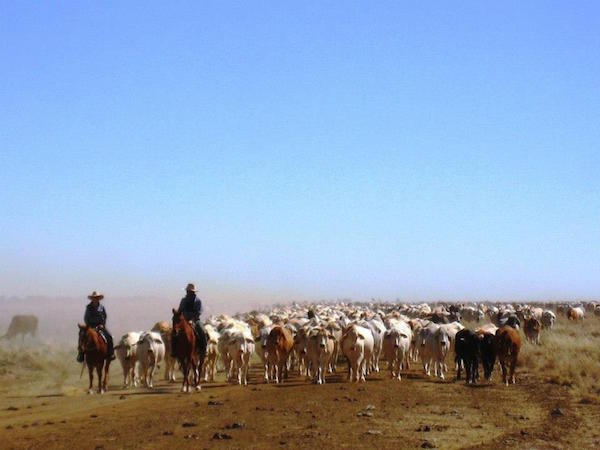Why we live out here
Host: Helen Springs Station
Written by Luke Giblin – Outstation Manager, Brunchilly Station.
My name is Luke Giblin, I am the Outstation Manager of Brunchilly. Located 120km north of Tennant Creek in the Northern Territory, Brunchilly is the outstation of Helen Springs. I started my station life when I was sixteen and got a job on a station outside of Clermont, Central Queensland. Over the last fifteen years I have worked on nine different stations for various companies, with a few years in between to travel overseas and drive trucks up and down Queensland’s east coast, but I had the cattle station bug and had to come back. I live here with my partner, Briony Wills, who has spent two years in a stock camp and is now completing a Bachelor of Agribusiness by correspondence.
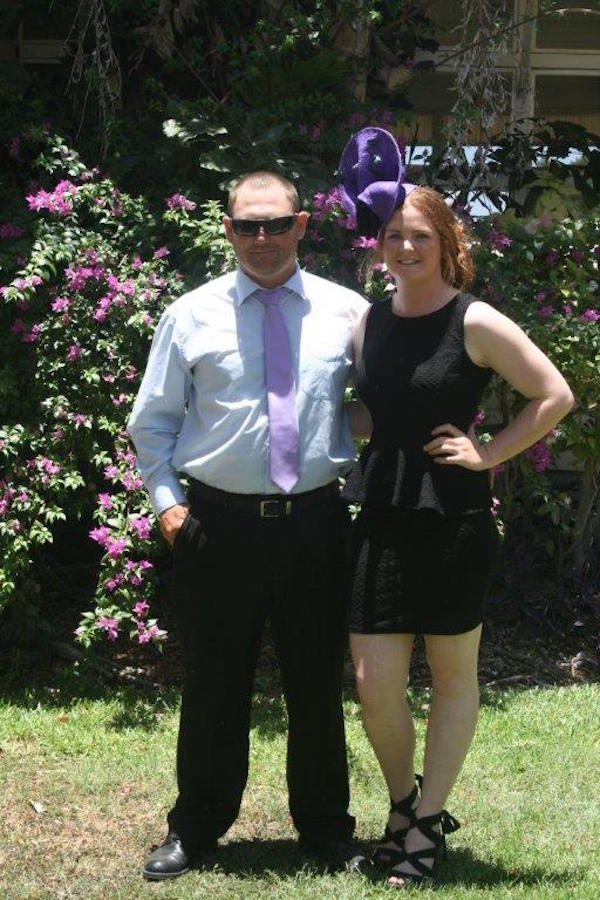 Luke and Briony dressed to impress on Melbourne Cup Day held at Helen Springs.
Luke and Briony dressed to impress on Melbourne Cup Day held at Helen Springs.
With herds of up to 1000 head of cattle, we often have up to eight people in the stock camp on horses and bikes plus a plane or helicopter, which means UHF radios are essential for communication between people on the ground and the plane to locate slow cattle or bulls that try to hide. In case of an emergency they are a real asset.
During the year we have schools to help train our staff so they can safely and competently perform the tasks of their job. We have a three day shoeing school which gives new employees a good understanding of a horse’s hoof and how to safely maintain them, or notify an injury to the head stockman. Staff also participate in a three day horsemanship school where they learn the basics from catching a horse, to saddling, and riding them safely. We are generally on horses for long hours during the mustering season, so we teach the stock camp how to get a horse performing sufficiently yet keeping them fresh enough to yard up at the end of the day. Often we will try to take out two horses for each rider to keep the horses in good condition.
Our motorbike riders are licensed and are shown basic workshop knowledge, including changing tyres, and servicing and maintaining their bike because they are essential out in the paddock. They can get from A to B quicker than a horse can and you only have to refuel them and they keep going. When you pull the herd up to let the calves or weaners find their mums and have a drink, we can get a bike to ride around them to hold them together which gives the horses a well earned break. If we have employees that want to ride bikes in their second year we assist them in getting their motorbike licence.
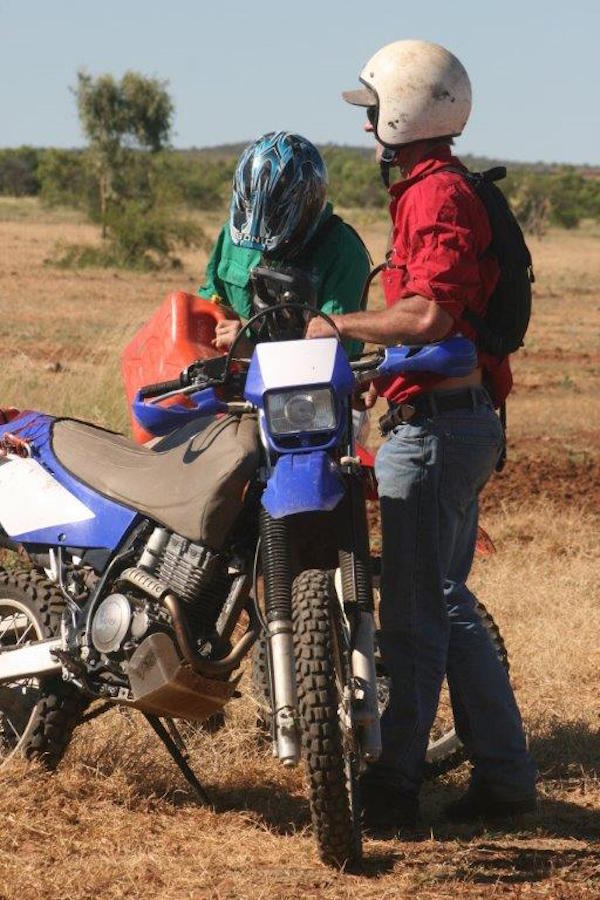
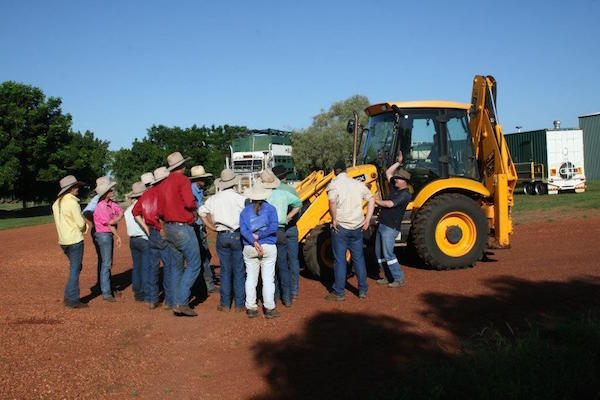
We have horse trucks and single trailer prime movers up to a triple trailer road train for stock and supplies transportation. We also assist eligible employees with licence upgrades from a Medium Rigid (MR) right up to a Multi-Combination (MC, road train) if they are keen. Myself, I think it is important for us to train our stock camp staff how to load and unload cattle on a truck so cattle are happy to be on the truck and also staff are taught the safety aspects of loading and unloading. We try to truck our weaners as well as walk them so they are softer and easier to handle. It’s a really good feeling when two people can go out and load a road train of steers or heifers that have had the training of being trucked and walked; the cattle are loaded easily and quietly, under no stress and no one gets hurt. For some of the distances we have to transport our cattle we depend on trucks for smaller mobs or weaners so the main stock camp can keep processing cattle.
Even though all the station crew work hard, when days off come around the homestead is quite the sanctuary with green lawns, nice gardens, a swimming pool, Wi-Fi internet, flat screen televisions in the recreation room and the bar area, and air conditioned rooms. It makes quite the place for a day or two to recover.
We supply horses and a truck for those who are interested in training and competing their station horses at camp drafts and challenges on multiple weekends during the year. Sometimes, because of our remoteness, we can travel up to 600km for a three day weekend. The weekends are thoroughly enjoyed by all staff as it gives them a good chance to meet new people from different stations, let their hair down and enjoy their time off.
I like the idea of getting a young, green employee and training them to become a good horseman, cattleman, and a handy person with fixing yards, maintaining vehicles, and fixing fences. Teaching them how to care for animals with quiet cattle handling skills, feed nutrition, and good plentiful drinking water for our stock is something we strive to achieve with all our employees. To watch a young person become a smart mind for the land, take responsibilities for themselves, and to watch out for others is very satisfying and rewarding. This industry allows our staff to make new friends and see a whole different part of Australia, it really is a great experience.
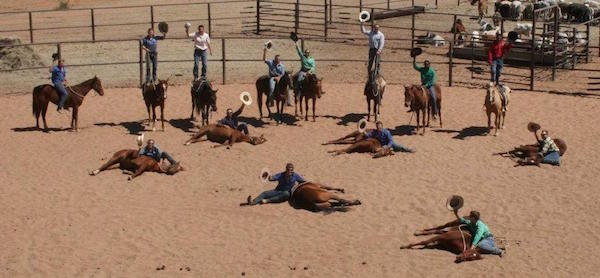
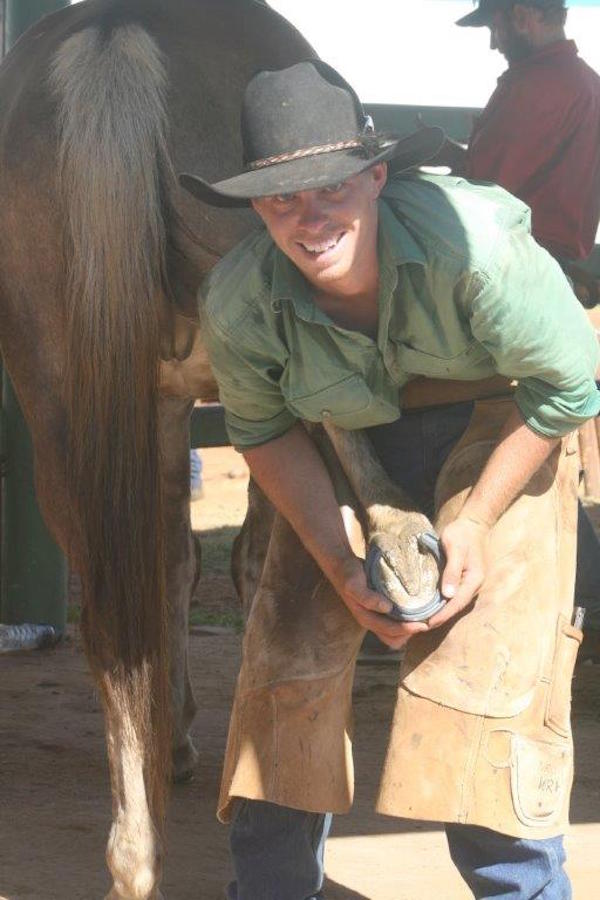
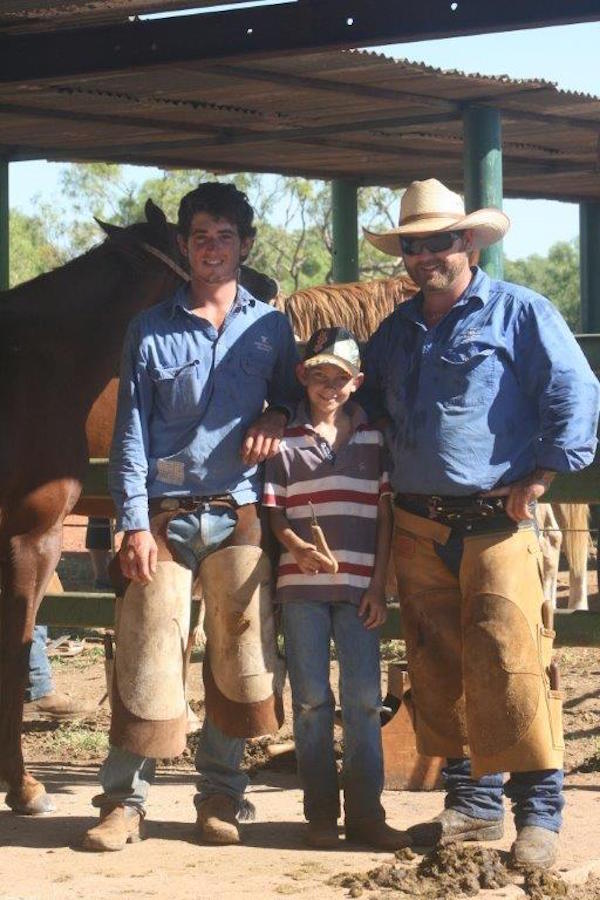
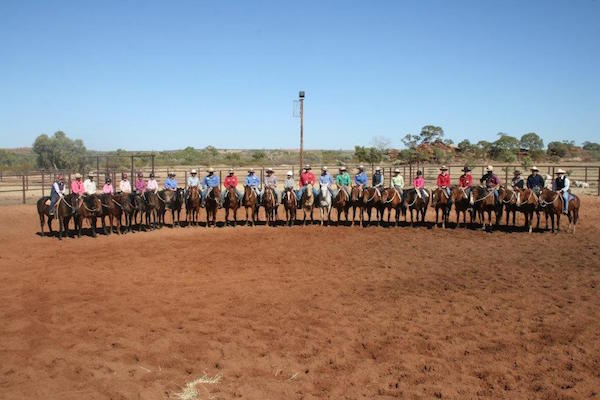
For us, that is why we live out here and will continue to live out on a cattle station. The sheer fact of training a good mustering horse and them becoming more of a friend than a horse due to the hours you spend together, and educating young cattle to be a pleasure to work in the yards and to willingly follow the lead horse where ever you want them to go is the most satisfying part of my job. The wet season rain will come this year or next but when it does there is nothing better than to see 2.5 million acres go from short brown grass to lush green grass, horses and cattle getting fat, dams filled up and the wait for another year to fire up and do it all over again.
Thanks
Luke Giblin

